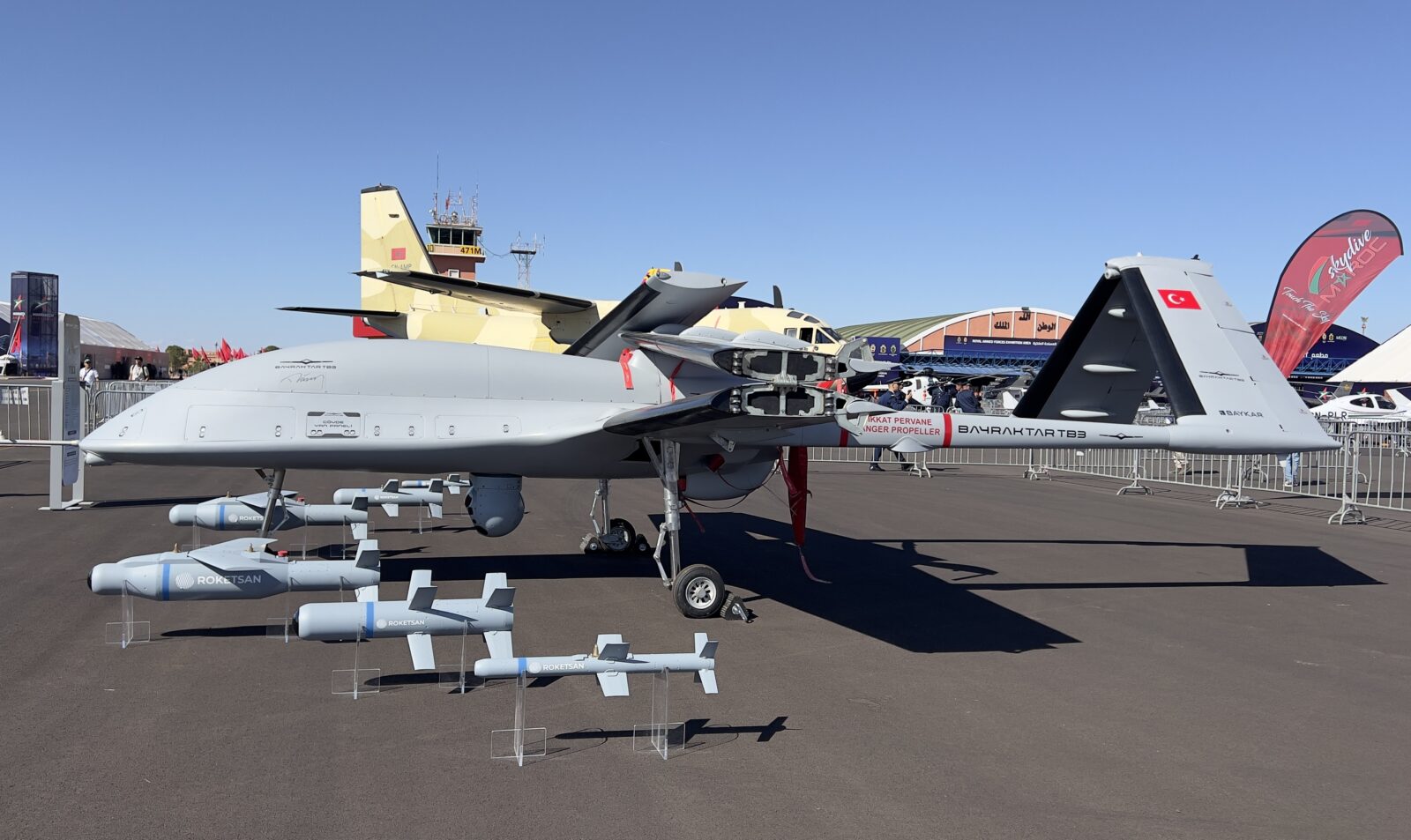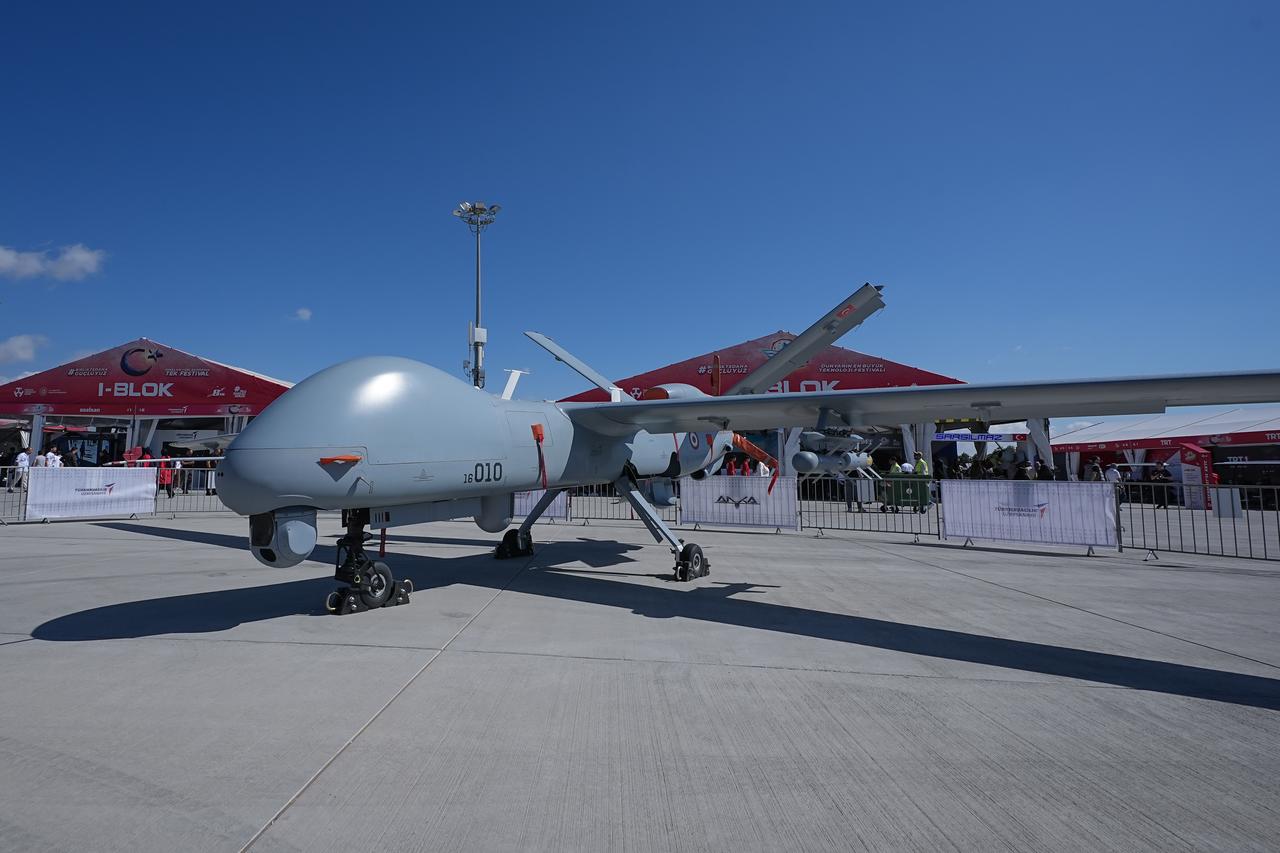
Aselsan, Türkiye's leading defense technology company, is advancing its position in the electro-optical systems market with the development of the ASELFLIR 600.
The next-generation ASELFLIR 600 electro-optical targeting system (EOTS) will enter serial production in early 2026, according to a recent blog publishment by the company, marking a significant advancement in Türkiye's high-altitude unmanned aerial vehicle (UAV) capabilities.
The ASELFLIR 600 builds upon the proven ASELFLIR 500 system, which has been successfully deployed on a variety of UAV platforms, including the Bayraktar TB2, Bayraktar TB3, Bayraktar Akinci, and Turkish Aerospace Industries' (TAI) Anka.
The ASELFLIR 600, however, offers enhanced performance, specifically optimized for high-altitude operations and extended mission ranges. It incorporates a host of new technologies to improve detection, recognition, and targeting capabilities.

The ASELFLIR 600 integrates multiple high-performance sensors within a compact 25-inch gimbal structure, featuring:
The system's multispectral common aperture design, combining visible, MWIR and SWIR channels, provides enhanced detection and recognition capabilities across all operational conditions.
Aselsan's proprietary optics feature a 325mm diameter primary mirror, significantly increasing energy intake for improved long-range performance.

ASELFLIR 600 employs a 4-axis gimbal with 2-axis optical configuration, delivering superior line-of-sight stabilization even during challenging flight conditions, including takeoff, landing and turbulence.
The system incorporates artificial intelligence-based image processing algorithms, automatic target recognition and real-time object tracking capabilities.
These features reduce operator workload while enhancing situational awareness and operational efficiency for long-duration missions.
ASELFLIR 600 is scheduled for integration on Türkiye's next-generation HALE platforms, particularly Bayraktar Akinci and TAI Aksungur, expanding their reconnaissance and targeting capabilities for strategic long-range missions.
The electro-optical system features: